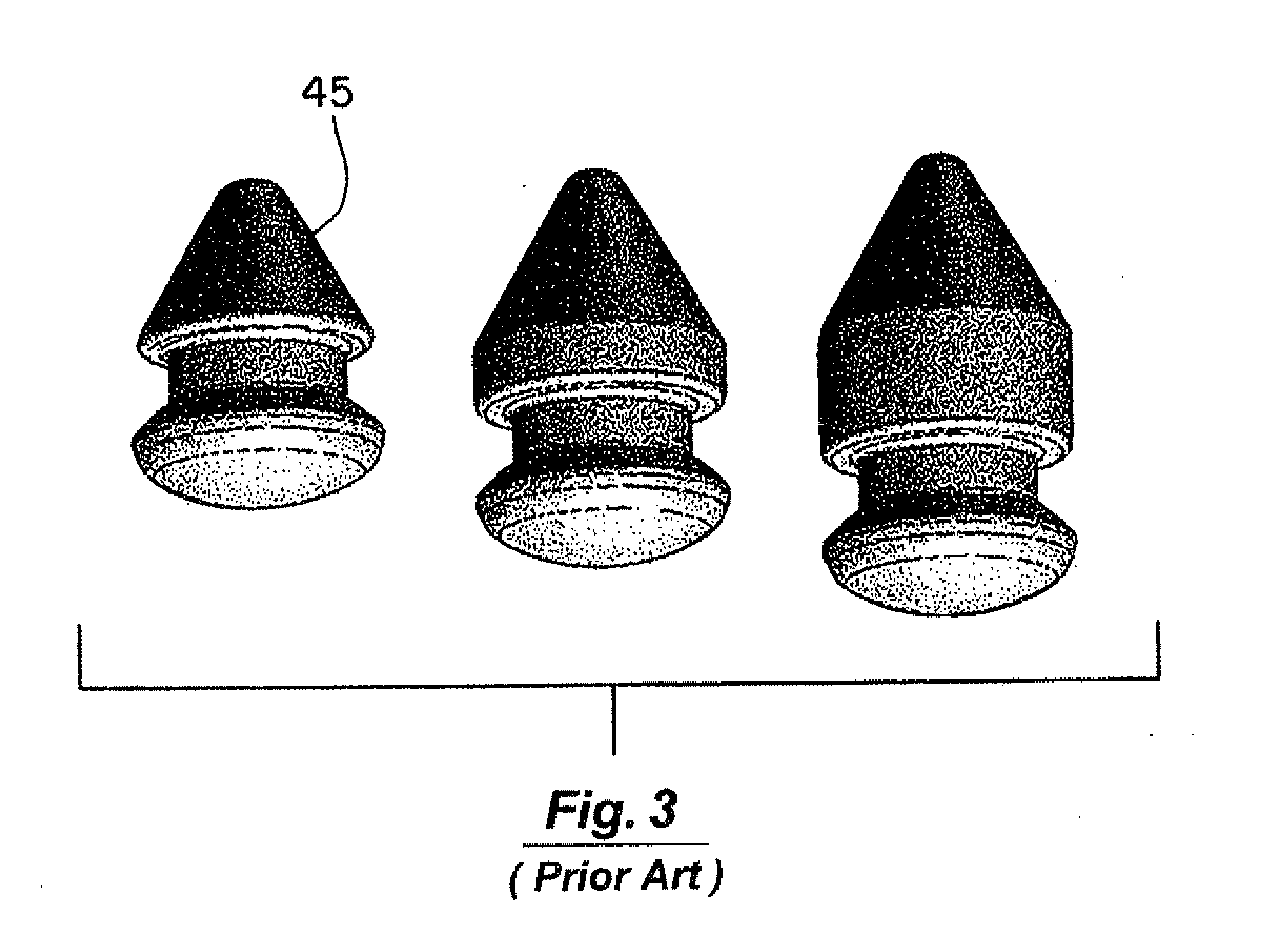Robotic system for forming features in orthodontic aligners
a robot and orthodontic technology, applied in the field of orthodontics, can solve the problems of bad taste and discomfort, orthodontist's role in such a treatment regime, and the difficulty of rectification of undesired rotation of teeth,
- Summary
- Abstract
- Description
- Claims
- Application Information
AI Technical Summary
Benefits of technology
Problems solved by technology
Method used
Image
Examples
Embodiment Construction
[0066]The present invention provides a robotic system 9 for use in modifying and forming features in conventional polymeric shell aligners. A block diagram of the present system is shown in FIG. 6. The major mechanical components of the robotic system 9 are a centrally-located turntable and lift platen 13 that provides three-dimensional positioning of an aligner 18, and a number of robotic stations 14, 15, and 16 arranged about the platen 13 for performing actions to form features on the aligner 18 and to trim away excess material. All of these mechanical components are under the control of a control system 8. For example, the stations can include at least one heating station 15, 16 for heating a selected small region of an aligner above the thermoforming temperature of the aligner material, and at least one thermoforming station 14 for manipulating the heated region to form a desired feature in the aligner 18. The control system 8 is typically implemented on a conventional computer...
PUM
| Property | Measurement | Unit |
|---|---|---|
| temperatures | aaaaa | aaaaa |
| 3D imaging | aaaaa | aaaaa |
| size | aaaaa | aaaaa |
Abstract
Description
Claims
Application Information
 Login to View More
Login to View More - R&D
- Intellectual Property
- Life Sciences
- Materials
- Tech Scout
- Unparalleled Data Quality
- Higher Quality Content
- 60% Fewer Hallucinations
Browse by: Latest US Patents, China's latest patents, Technical Efficacy Thesaurus, Application Domain, Technology Topic, Popular Technical Reports.
© 2025 PatSnap. All rights reserved.Legal|Privacy policy|Modern Slavery Act Transparency Statement|Sitemap|About US| Contact US: help@patsnap.com



